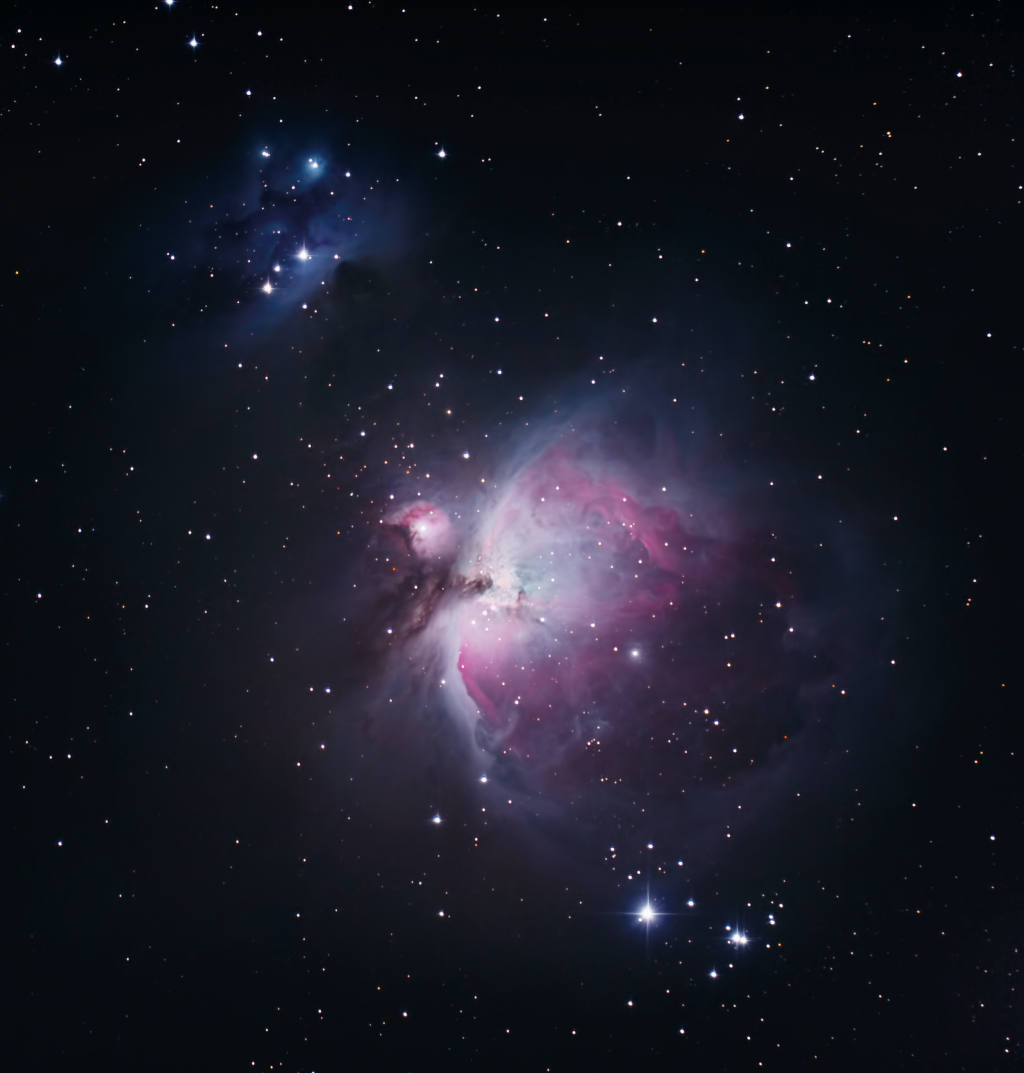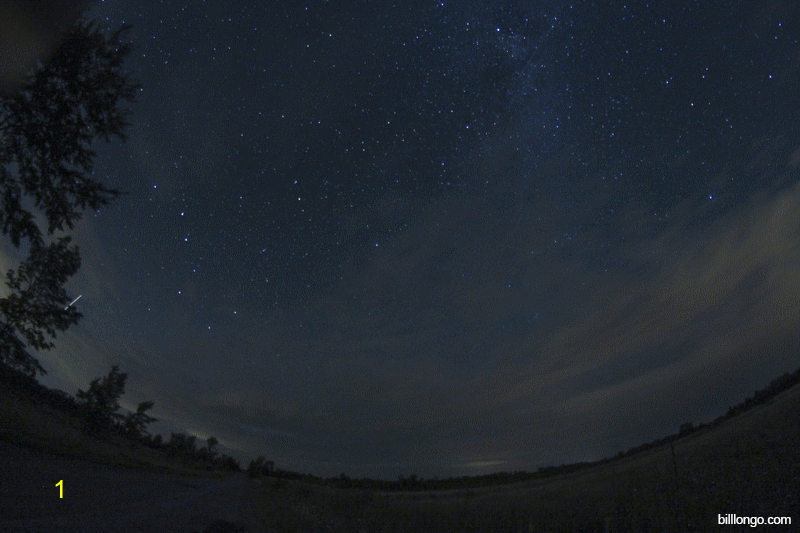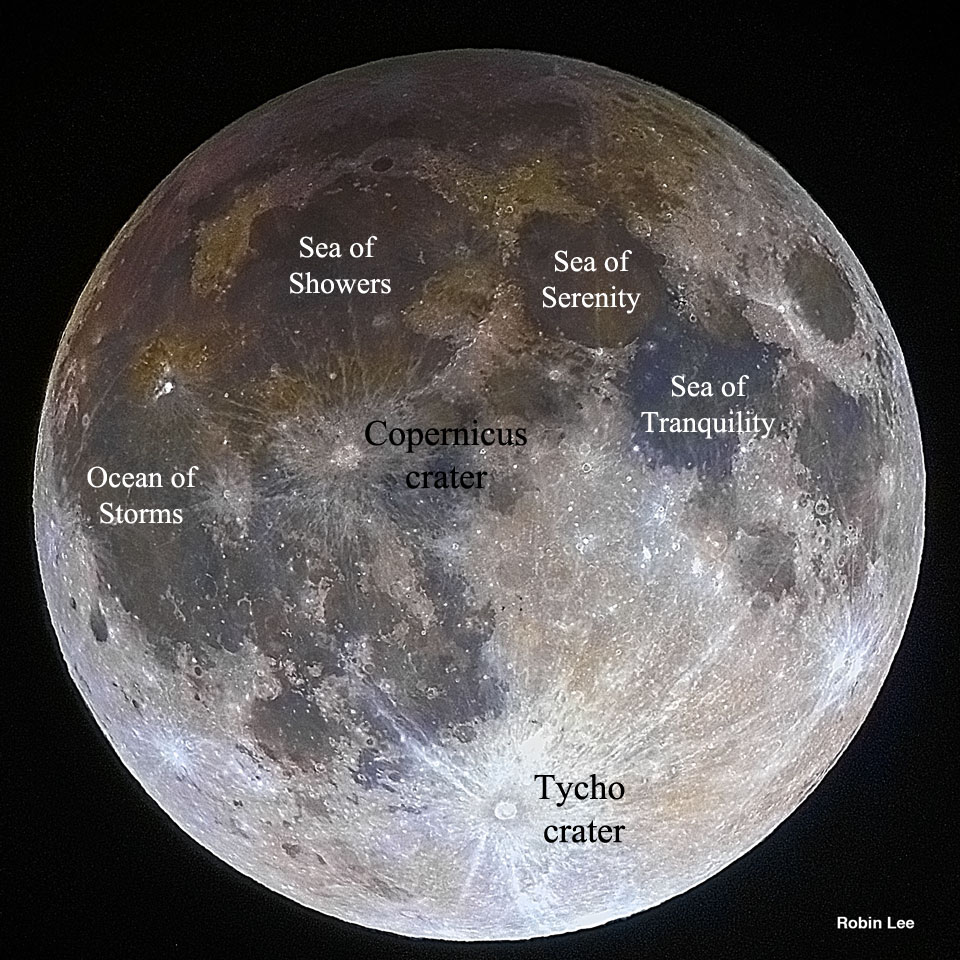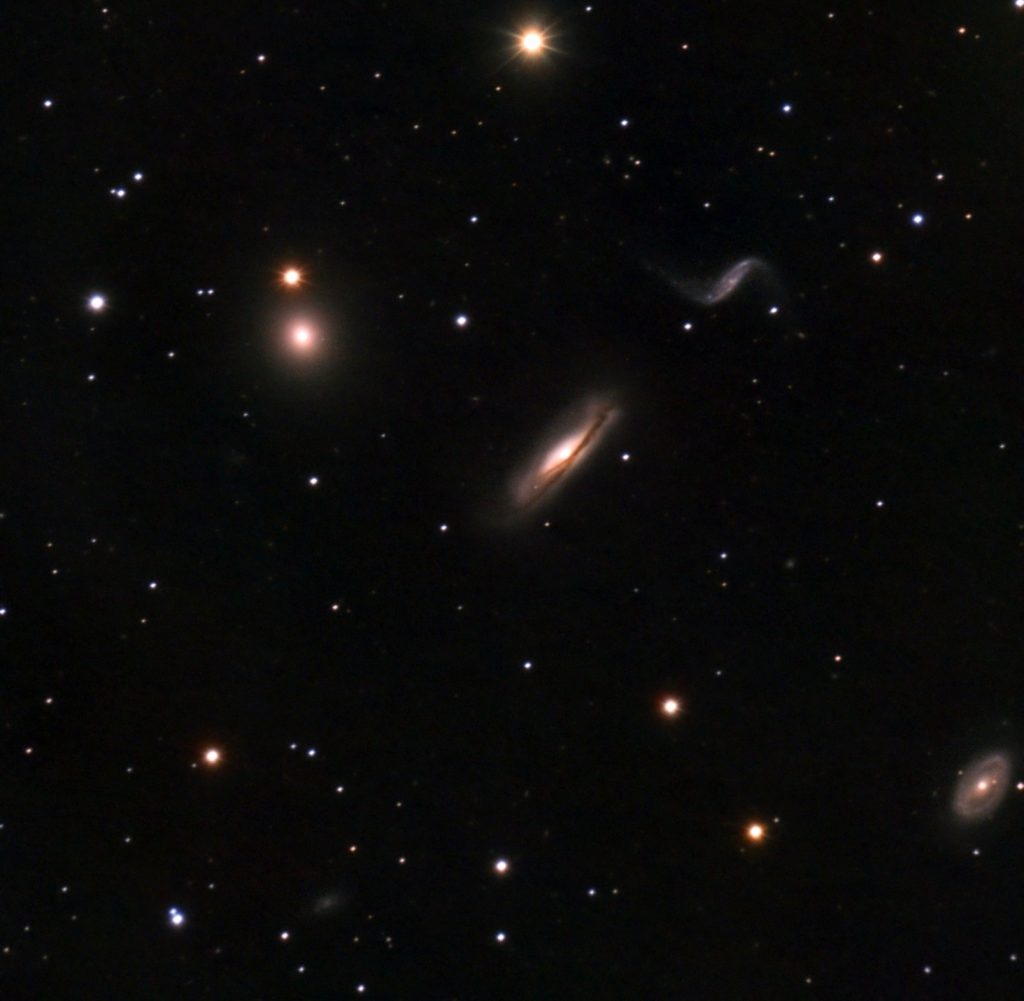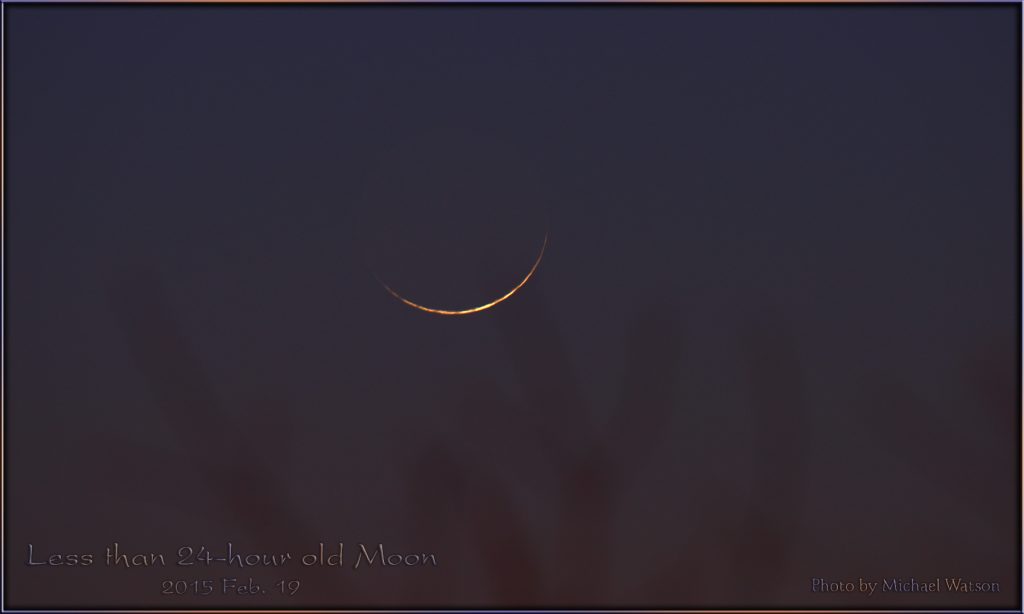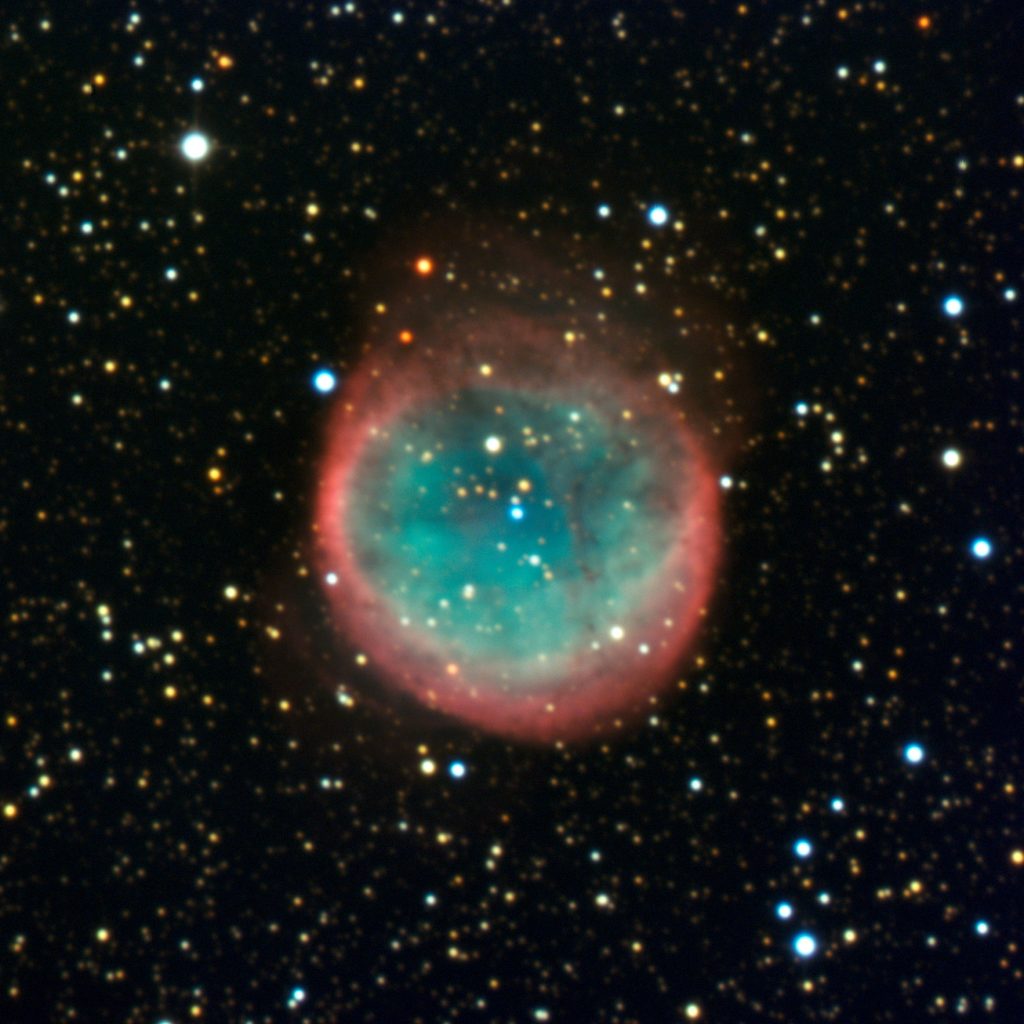The Moon Leaves Evening so We Eye Orion, Planets Persist, and Will Willie See His Shadow?
This terrific image of the Orion’s sword was taken on January 7, 2019 by Rick Foster of Markham, Ontario. Even binoculars will reveal that the central patch of light is the splendid Orion Nebula, also known as Messier 42. The grouping of bright stars at bottom right are “the Lost Jewel of Orion’s Sword”, particularly…
Read more
